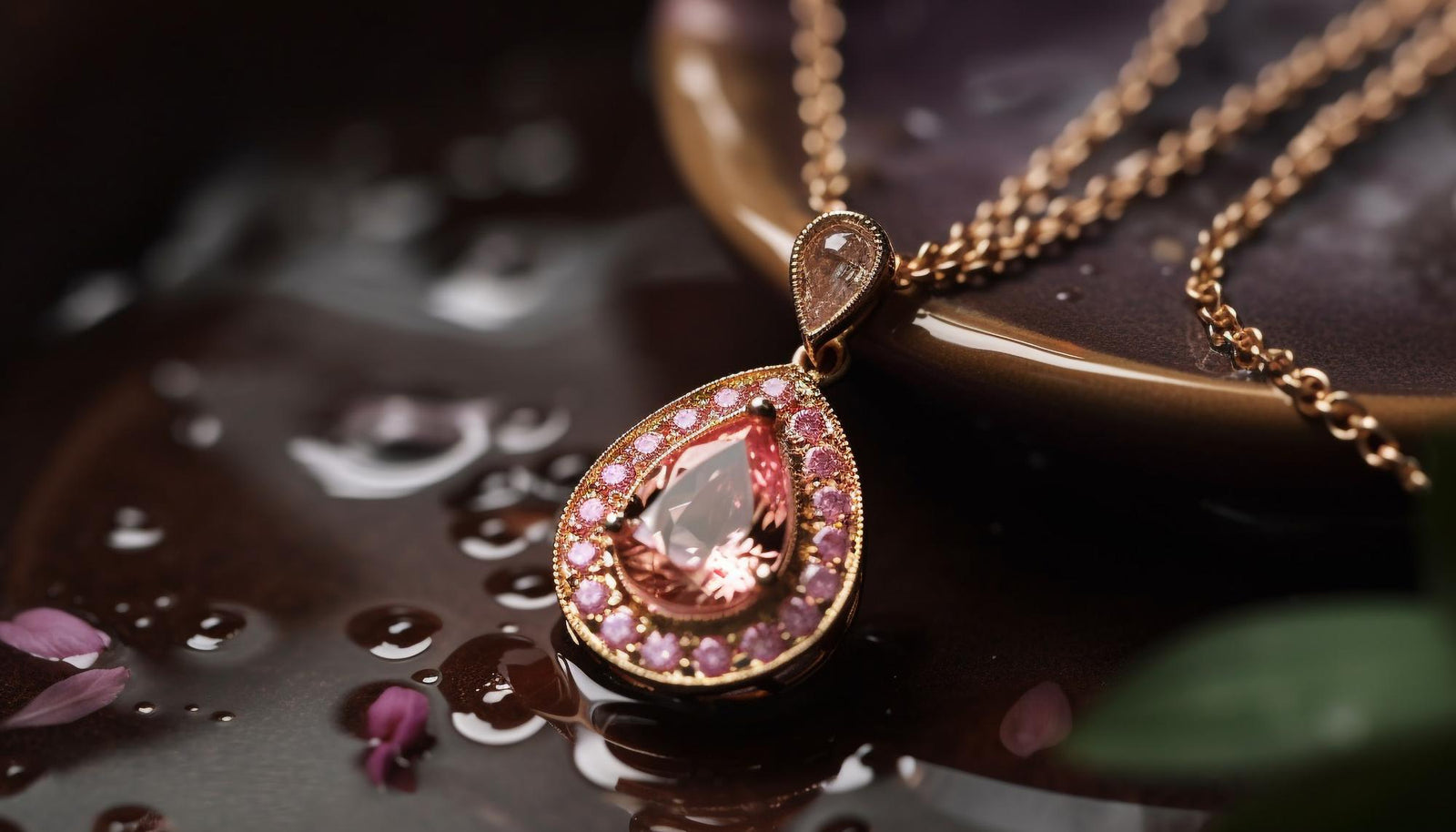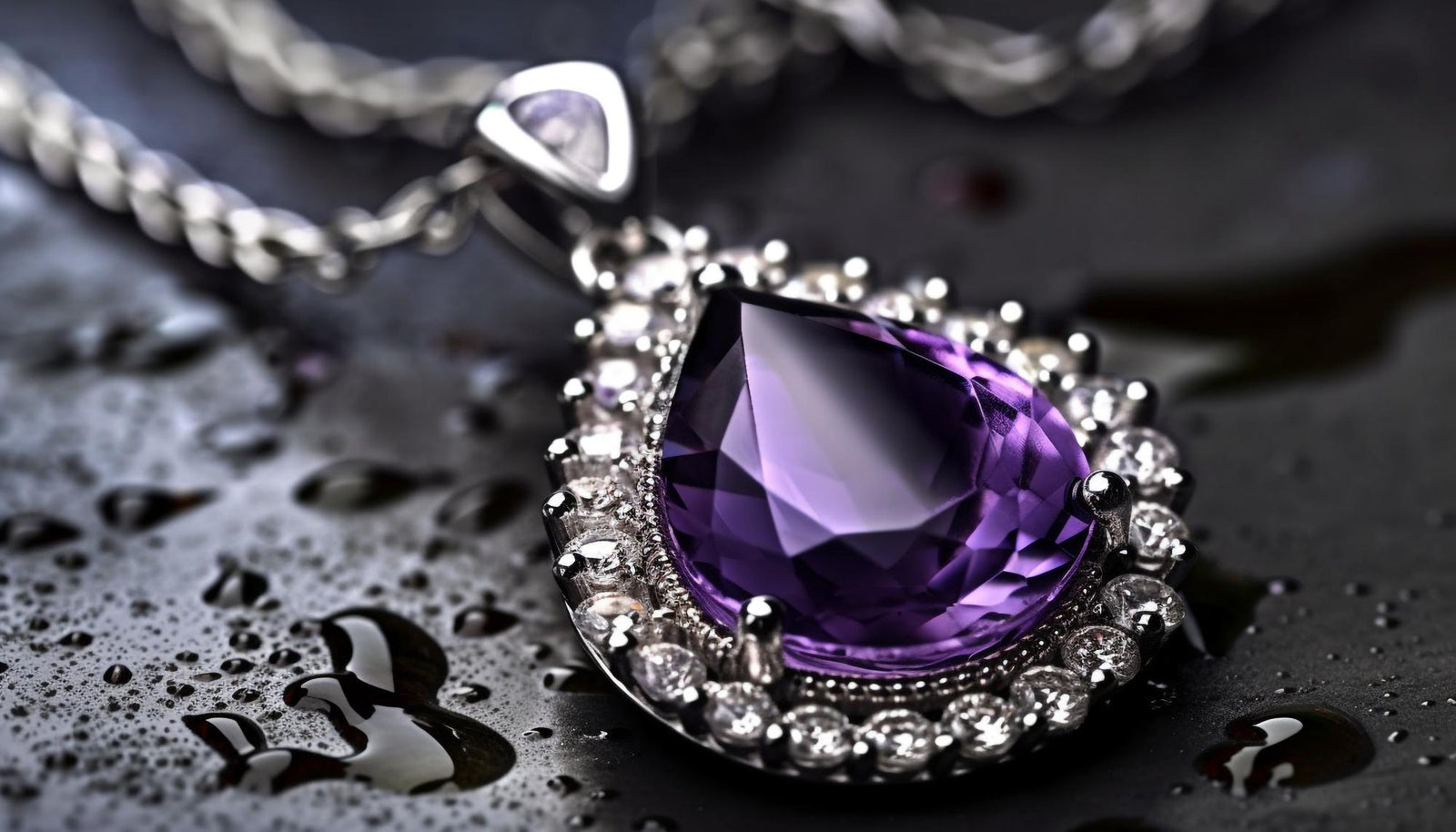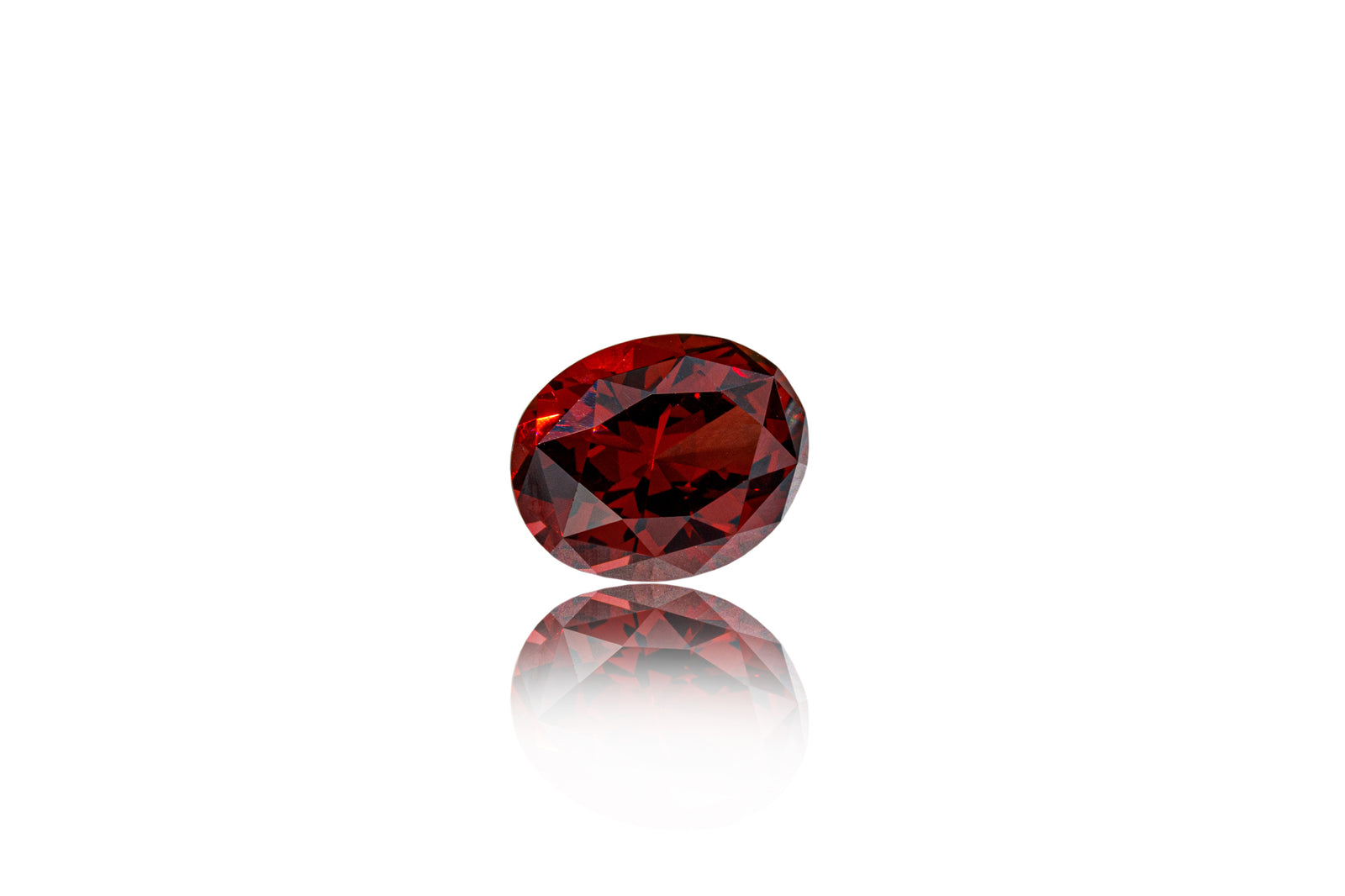Estate jewelry is a valuable asset, and it's important to protect it with insurance. In the event of theft, loss, or damage, insurance can help you to replace your jewelry or be reimbursed for its value.
There are a few different ways to insure estate jewelry. One option is to add a jewelry rider to your homeowners or renters insurance policy. This will typically cover your jewelry for up to a certain amount, such as $10,000 or $20,000. Another option is to purchase a standalone jewelry insurance policy. These policies typically offer more comprehensive coverage than a jewelry rider, and they may also cover your jewelry for loss or damage while you're traveling.
When you're choosing an insurance policy for your estate jewelry, there are a few things to keep in mind:
-
The value of your jewelry: The amount of insurance you need will depend on the value of your jewelry. Be sure to get an appraisal so that you know the true value of your jewelry so they know what they need to cover.
-
The coverage limits: The coverage limits of your insurance policy will determine how much you're reimbursed in the event of a loss. Be sure to choose a policy with high enough coverage limits to cover the full value of your jewelry.
-
The deductible: The deductible is the amount of money that you'll have to pay out of pocket in the event of a loss. Be sure to choose a policy with a deductible you can afford.
Once you've chosen an insurance policy, be sure to keep your jewelry appraised regularly. This will help to ensure that your insurance coverage is up-to-date and that you're reimbursed for the full value of your jewelry in the event of a loss.
Here are some additional tips for insuring estate jewelry:
-
Assess the Value of Your Jewelry. Before seeking insurance coverage, it's important to determine the value of your estate jewelry. You can start by having your pieces professionally appraised by a certified gemologist or experienced jewelry appraiser. They will assess factors such as the quality of gemstones, precious metals, craftsmanship, and historical significance to provide an accurate appraisal value.
-
Understand Your Insurance Options. There are different insurance options available to safeguard your estate jewelry. You can either add a jewelry rider to your existing homeowner's insurance policy or opt for specialized jewelry insurance. Speak with your insurance provider to understand the coverage options, policy limits, deductibles, and any specific requirements for insuring high-value jewelry. Consider researching and comparing multiple insurance providers to find the most suitable coverage for your needs.
-
Document Your Jewelry. Maintaining thorough documentation of your estate jewelry is crucial for the insurance process. Take detailed photographs of each piece from various angles, capturing any unique features, hallmarks, or identifying marks. Keep receipts, certificates, or any other relevant paperwork associated with the purchase or authentication of the jewelry. These records will serve as evidence of ownership and help facilitate the insurance claim process, if necessary.
-
Appropriate Coverage and Valuation. When insuring your estate jewelry, it's important to ensure that the coverage accurately reflects the value of your pieces. Discuss with your insurance provider whether you need coverage for the appraised value, replacement value, or agreed value. Appraised value covers the estimated worth of the jewelry, while replacement value covers the cost of replacing the item with a similar one. Agreed value establishes a predetermined value for the jewelry, typically determined through negotiation with the insurance provider.
-
Consider Additional Coverage. Depending on the nature and value of your estate jewelry, you may want to consider additional coverage options. These can include coverage for loss, theft, damage, mysterious disappearance, or even coverage for jewelry worn outside the home. Evaluate your lifestyle, travel habits, and specific concerns to determine if additional coverage is necessary and inquire about these options with your insurance provider.
-
Regularly Update Your Coverage. As the value of estate jewelry can fluctuate over time, it's important to periodically review and update your insurance coverage. Keep your insurance provider informed of any changes in the value, acquisition of new pieces, or significant alterations to existing jewelry. Regularly reevaluating and adjusting your coverage will ensure that your estate jewelry remains adequately protected.
-
Secure Proper Storage and Maintenance. Insurance coverage is crucial, but it's equally important to take proactive measures to protect your estate jewelry. Invest in a secure home safe or safety deposit box to store your valuable pieces when they're not in use. Follow proper care and maintenance practices to minimize the risk of damage or loss. Regularly inspect your jewelry and promptly address any issues, such as loose stones or worn prongs, to prevent potential problems.
Insuring your estate jewelry provides essential protection for your valuable and cherished pieces. Assessing the value, understanding insurance options, documenting your jewelry, ensuring appropriate coverage, considering additional coverage, updating your coverage as needed, and practicing proper storage and maintenance are all vital steps to safeguard your estate jewelry. By taking these precautions, you can enjoy your jewelry collection with peace of mind, knowing that you're prepared for unforeseen circumstances.
























